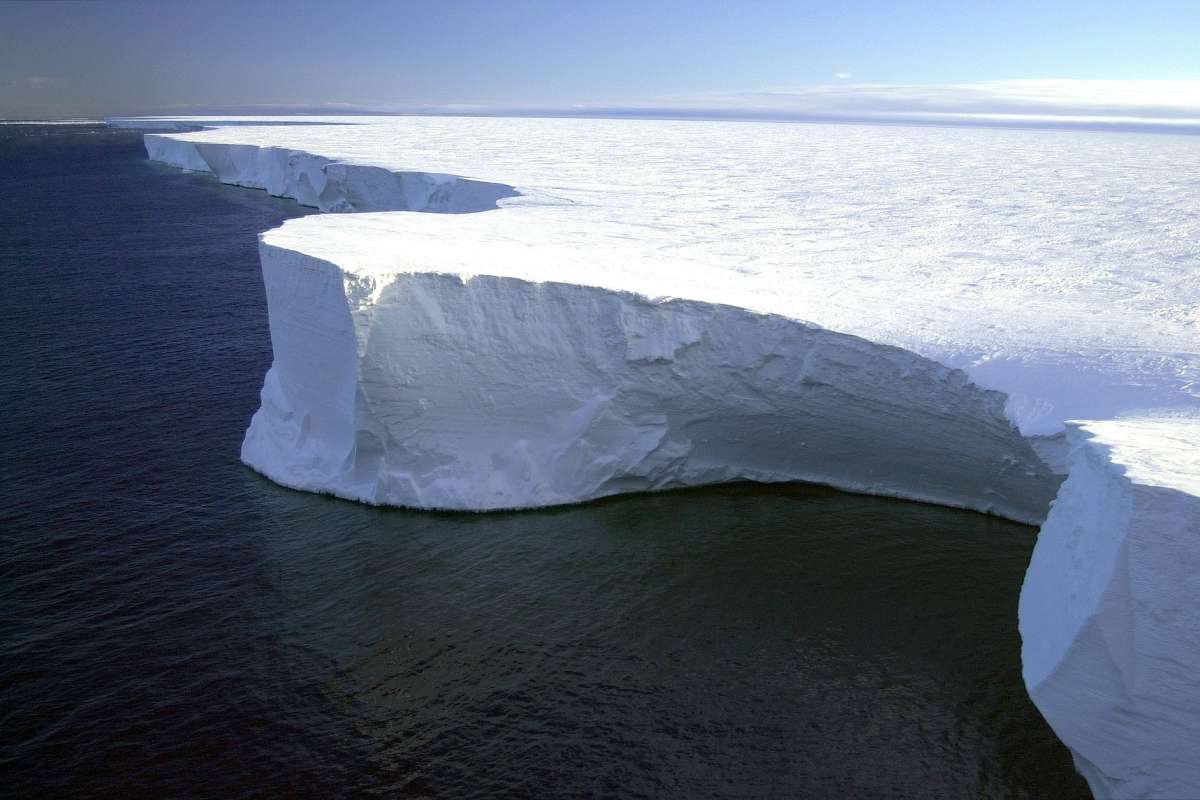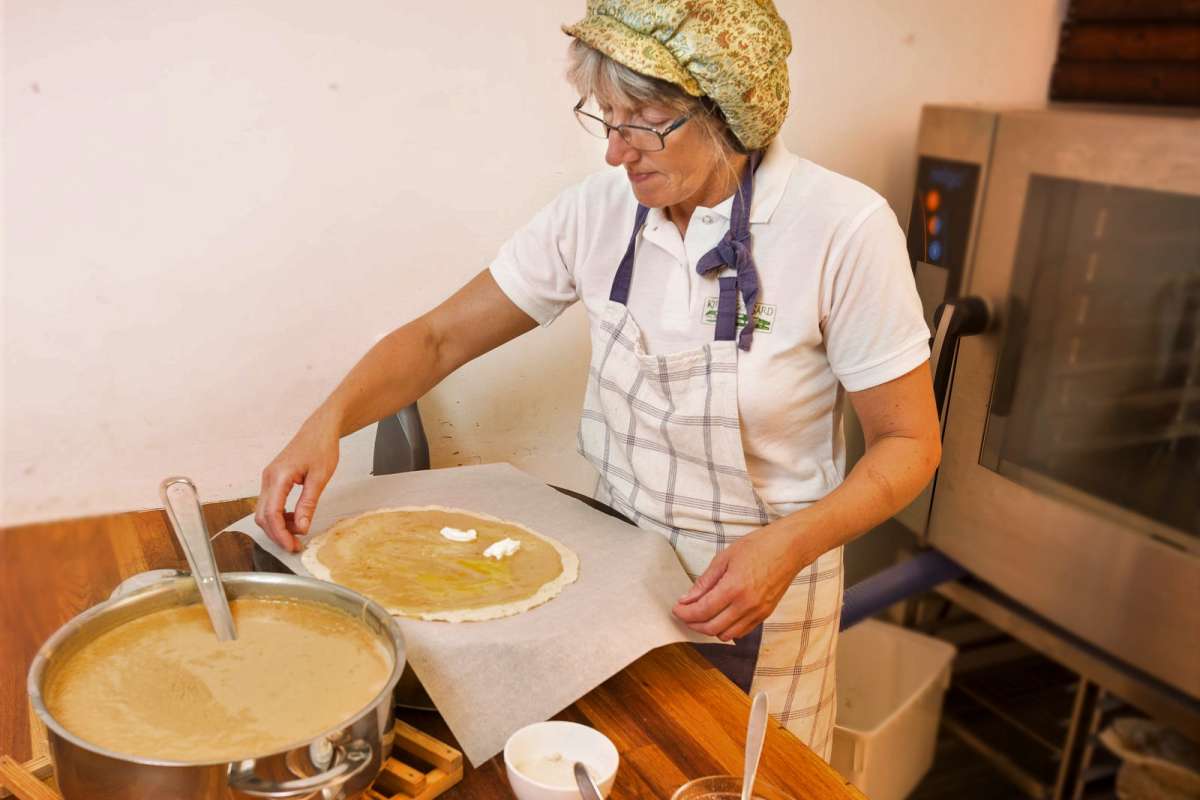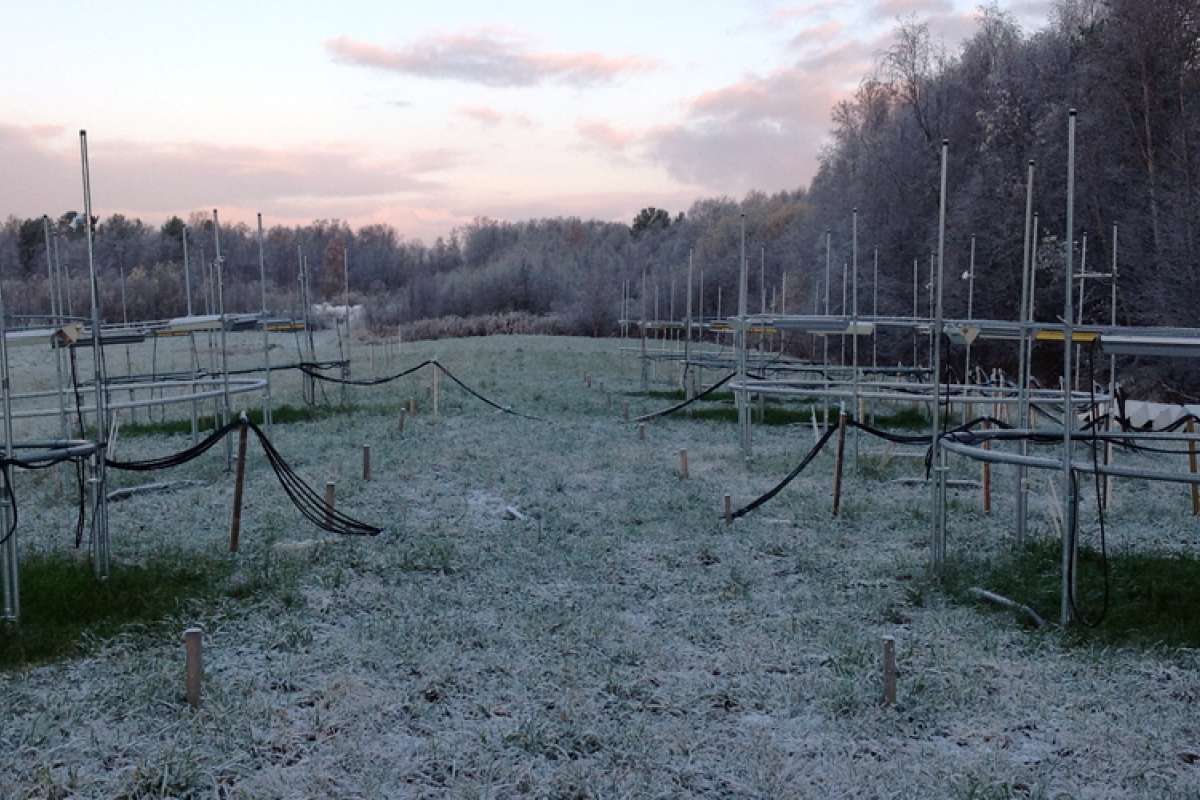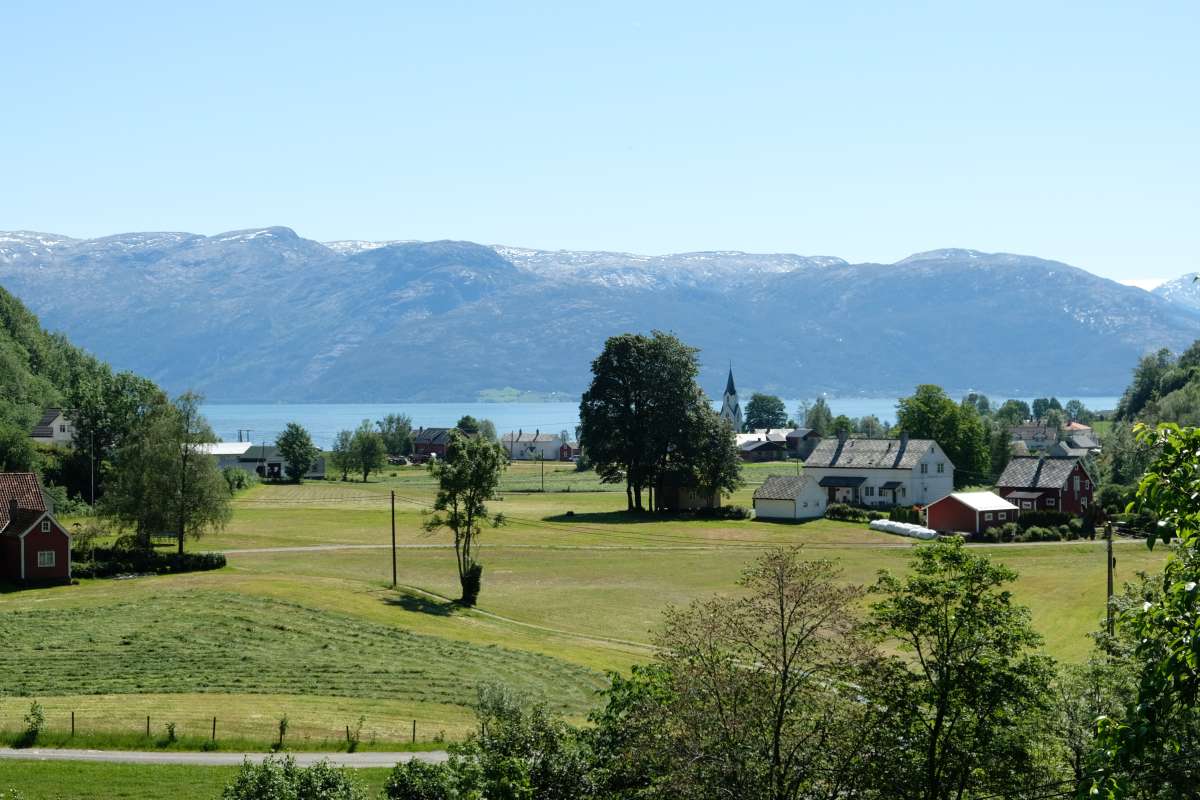How will climate change affect Arctic agriculture?
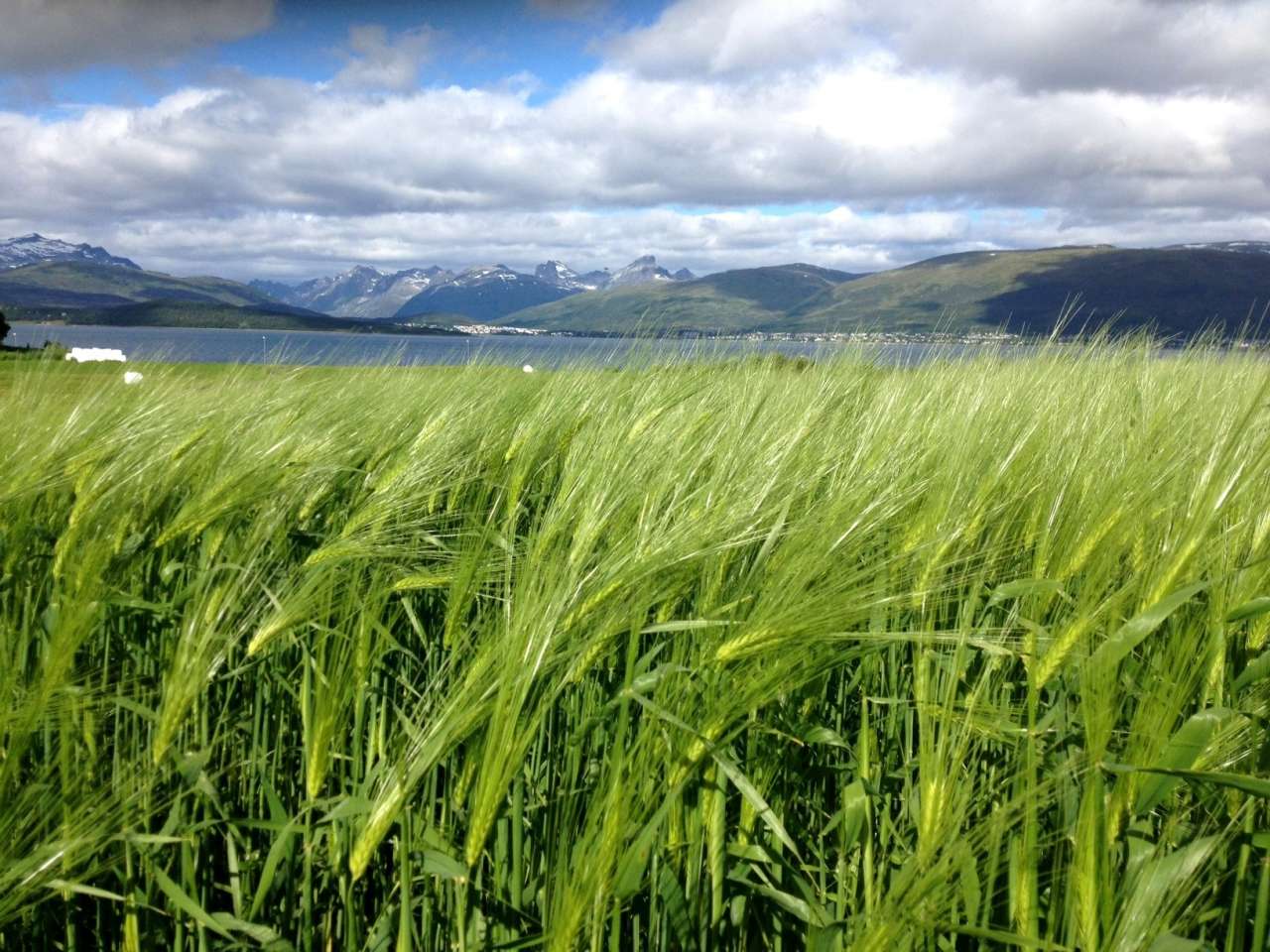
In the Arctic, low solar elevations, long daily light periods, and the absence of dark nights during the spring and summer months affect the growth and metabolism of plants in a unique way. Photo: Hilde Halland
With temperatures on the rise, new opportunities for Arctic food and fodder production emerge.
For large parts of the world, climate change poses a serious threat to agriculture, and hence to global food security. Further north, despite challenges such as unstable winters and increased autumn precipitation, the predicted effects of climate change are more uplifting – at least for agriculture. In Arctic regions, warmer temperatures and a longer growing season are expected to lead to new possibilities as far as food and fodder production is concerned.
Light summers and warmer winters
The natural light above the Arctic Circle creates special growing conditions for plants. Low solar elevations, long daily light periods, and the absence of dark nights during the spring and summer months affect the growth and metabolism of plants in a unique way.
“Very long daily photosynthetic light periods during the midnight sun period allow for more rapid development and growth in crops grown at high latitudes,” explains Dr. Jørgen Mølmann at the Norwegian Institute of Bioeconomy Research (NIBIO). "Along with the predicted increase of temperatures leading to earlier snow melt and ground thaw in spring, we expect a longer Arctic growth season. The plant growth will be at its highest in May and June when the light conditions are at their most optimal".
For Norway’s northernmost regions, projected scenarios show that the temperature increase will be greatest during the winter season, and less significant during the growing season. Some coastal regions can expect an average winter temperature of above 0°C towards the year 2100, whereas the average in Arctic inland areas will rise to just below freezing.
.jpg)
“Warmer and wetter winters shorten the winter season and prolong the growing season, which give rise to new opportunities. Among other things, this includes higher annual yield with several harvests, along with the possibility to grow new, more productive crop varieties and species,” says Dr. Sigridur Dalmannsdottir at NIBIO.
According to studies she and Dr. Mølmann have conducted, relevant future crops in northern Norwegian agriculture include perennial ryegrass, autumn grain for fodder production, new meadow legume species and new annual species.
“A longer growing season also means a longer grazing season, which in turn can lead to increased pasture production,” Dr. Dalmannsdottir adds. “Overall, it is safe to say that the Arctic has a significant potential to become a more important area for food production in the future.”
Higher risk of crop damage
When opportunities arise in agriculture due to climate change, new challenges follow. Milder and more unstable winters may increase the plants’ susceptibility to pests that are currently more common further south. Climate change can also lead to the introduction of new pests to the region, including weeds, and plant and animal diseases. Other concerns are increased autumn precipitation and winter damage of crops due to warmer autumns negatively affecting the hardening of plants, thus reducing their winter hardiness.
“To what extent this will be a problem depends on several factors such as soil type, topography and local climatic conditions,” says Dr. Dalmannsdottir.
“What we do know, is that higher precipitation and wetter soil conditions in the autumn will make certain tasks more difficult for the Arctic farmer, particularly tilling the soil and harvesting potatoes and vegetables.”
The importance of good soil health
Soil compaction and drainage issues, along with problems with drought if the snow cover on the field disappears too early, are other challenges farmers will have to prepare for.
How a potential increase in food production in the region will affect the soils is also an issue which needs addressing.
According to a study conducted by NIBIO in 2022, vegetable producers in the Arctic are now calling for more documented knowledge on soil health measures that can be implemented to mitigate the negative effects of intensive agriculture in areas affected by climate change.
“The farming industry in the northern areas also seeks more science-based information about species diversity in Arctic agricultural soil and how various soil organisms work together,” says Dr. Frøydis Gillund at NIBIO, one of the researchers behind the study.
“The farmers want to know the effects of adding different forms of organic matter to soil, such as compost, and wish to learn about methods for fallowing, crop rotation, cover crops and intercropping. Tillage methods that do not impair soil health are also of major interest.”
There are several relatively simple measures that can potentially improve soil health and make the soil more resilient towards climate change. The key is to focus on finding and adopting the best practices for the local conditions.
.jpg)
Agricultural policies and socioeconomic development play an important part
Locally adapted and targeted measures are one thing, but financial, political, and social factors also influence the adaptive capacity of farmers.
In 2011, Dr. Dalmannsdottir and Dr. Ingrid Kvalvik conducted an interdisciplinary study to map northern farmers’ vulnerability to climate change. Among other things, they found that farmers in the three northernmost counties in northern Norway were vulnerable to climate change, mainly as it poses an added challenge to the already tenuous situation created by Norwegian agricultural policies and socioeconomic development in general.
“Our study revealed that northern farmers have a high level of adaptability to weather and ecological challenges, for example by applying new technology. The farmers we spoke to were also more than willing to make use of the opportunities afforded by a more favourable climate,” Dr. Dalmannsdottir says.
However, the current trend towards developing farming practices for a more efficient agriculture can have a negative impact on the farmers’ economy. In addition, external factors such as market fluctuations and social and economic changes at the community level influence their adaptive capacity.
“We found that the structural changes in the agricultural sector can hinder adaptation to the negative impacts of climate change. For example, heavier farming equipment – a result of larger farms and rented land – is less suited for wetter conditions due to the increased soil compaction risk. Hence adaptation to requirements for more efficient agriculture can reduce the farmers’ capacity to adapt to cope with wetter autumns in the future,” Dr. Dalmannsdottir says.
Arctic agriculture can help mitigate threats to global food security
The impacts of increased agriculture in the High North are expected to vary both within and between municipalities, which will therefore require individual adaptive strategies. However, most of these strategies are likely to have an agronomical basis that farmers in the region are well suited to cope with, so that they can utilise the longer growth period coinciding with the 24-hour daily photosynthesis offered by the midnight sun.
“In light of the global situation, as far as climate change and food security is concerned, we believe it is important to look to the High North, where the impacts are expected to be more positive than those further south,” says Marianne Vileid Uleberg at NIBIO’s Centre for Arctic Agriculture. “Northern regions can and should take a larger share of food production in the future, while simultaneously ensuring a sustainable utilisation of our natural resources.”
Dr. Dalmannsdottir agrees.
“We can choose to look at this in a larger perspective than just Norway – the possibilities here can rather be seen from a circumpolar perspective. Areas in the north that are currently not available for agricultural production may well become so in future,” she says.
Contacts
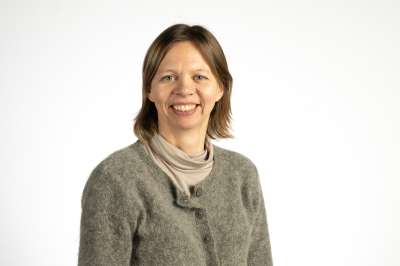

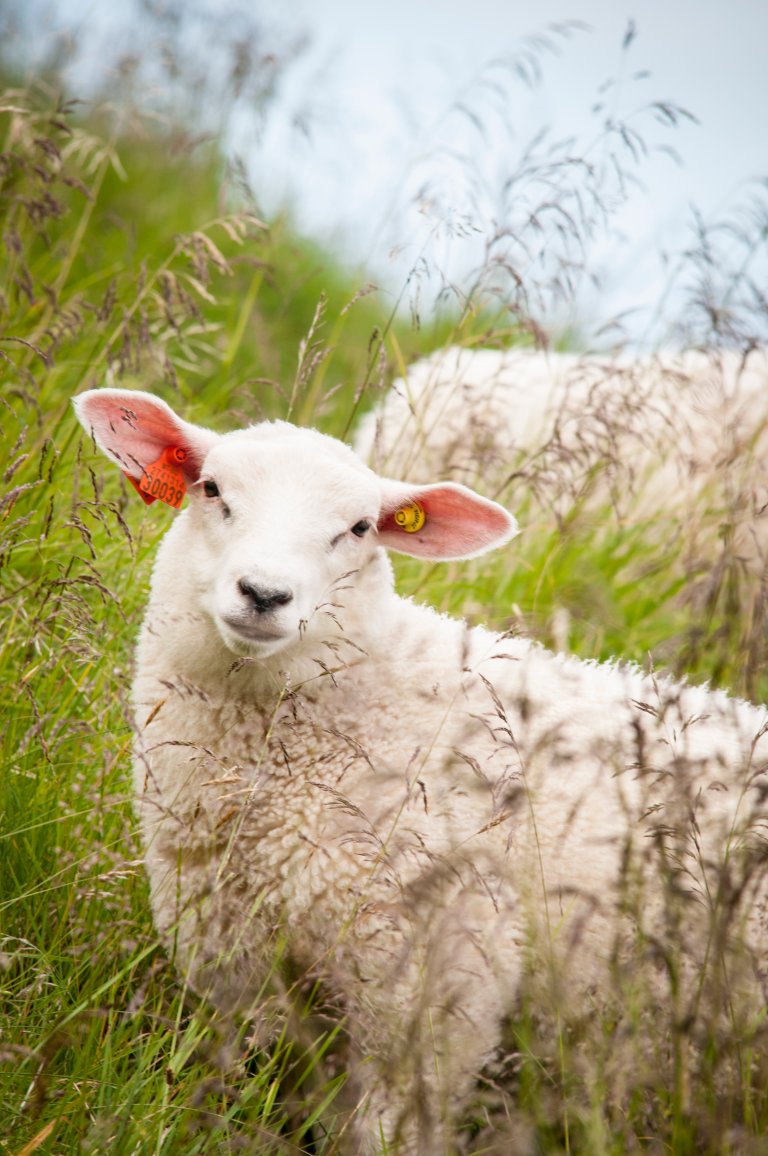
Contacts

Publications
Authors
Jørgen A.B. Mølmann Sigridur Dalmannsdottir Anne Linn Hykkerud Timo Hytönen Amos Samkumar Laura JaakolaAbstract
No abstract has been registered
Authors
Ingrid Kvalvik Sigridur Dalmannsdottir Halvor Dannevig Grete K. Hovelsrud Lars Rønning Eivind UlebergAbstract
As a primary industry, agriculture is directly dependent on natural conditions and therefore potentially vulnerable to the consequences of climate change. In Norway and Northern Norway in particular, the future climatic changes are expected to be overall positive. Still, the consequences for agriculture are not straightforward, but dependent on the interaction between different weather and biological elements, as well as political, economic and social conditions. In this interdisciplinary study we have assessed biological and agronomic effects of climate change, and their interaction with political, economic and social factors, to identify farmers' vulnerability and adaptive capacity to climate change. The assessments are based on downscaled climate change scenarios and interviews with local farmers in the three northernmost counties in Northern Norway (latitude 65.5° to 70°). The study shows that the farmers to a degree are vulnerable to a changing climate, not mainly because of the direct effects of changing growing conditions, but because these changes are an added factor to an already tenuous situation created by Norwegian agricultural policy and socio-economic development in general. We have found that farmers are highly adaptive, to both changing growing conditions and changing agricultural policies. However, changes in policy are currently a greater challenge to farmers than climate change, and such changes are therefore a more salient driver of vulnerability.


